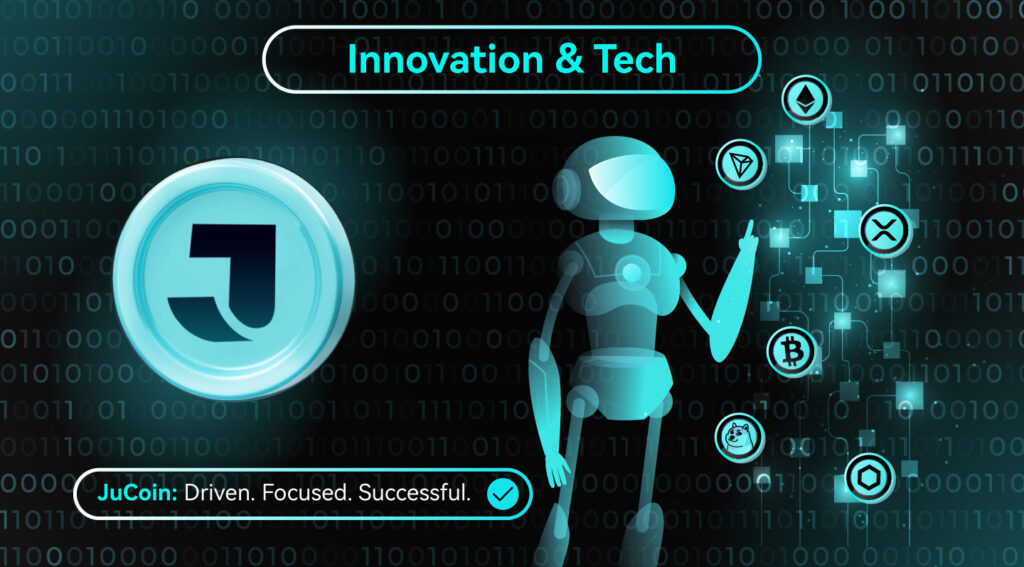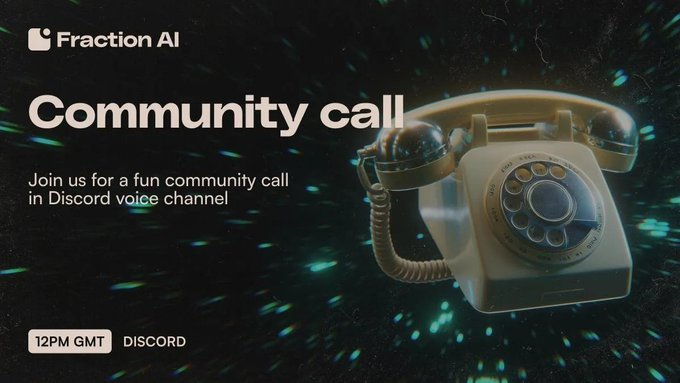
Fraction AI is an Ethereum-based decentralized AI training platform that combines structured competition mechanics, QLoRA efficient fine-tuning, and the RLAF (Reinforcement Learning with Agent Feedback) framework—enabling anyone without programming experience to create, train, and optimize AI agents. The platform gamifies training through multi-themed Spaces organizing competition rounds, incentivizing continuous model evolution, with on-chain smart contracts recording scores and reward distribution. Its native token, FRAC, is slated for Q3 2025 launch, serving governance, staking, and incentives. This Innovation and Tech article will conduct a deep dive across six dimensions—project positioning, core technology, FRAC tokenomics, ecosystem progress, risk management and mitigation, and future roadmap—to analyze Fraction AI’s growth potential and market outlook.
Abstract: Fraction AI builds a decentralized AI training and competition platform using RLAF and QLoRA to accelerate model optimization; FRAC tokens will power competition rewards, staking, and governance; the ecosystem has met testnet milestones, with mainnet launch and token TGE upcoming.
Project Positioning
Fraction AI aims to break down the high barriers of centralized AI development by leveraging on-chain competitions and decentralized training to enable global participation in agent creation and evolution. Built on Ethereum, it offers a no-code natural language prompt interface, allowing users to submit agents, join competitions, and earn rewards within different “Spaces.” Unlike traditional AI training, which relies on expensive compute and specialist teams, Fraction AI community- and game-fies AI development via decentralized networks and competition incentives, reducing cost and boosting diversity. Meanwhile, the RLAF framework ensures transparency and trustworthiness of training outcomes, pioneering a new paradigm for open AI.
Core Technology
The technology backbone of Fraction AI comprises three pillars:
-
QLoRA Fine-Tuning: Efficiently fine-tune large models with limited compute via low-rank adapters, speeding agent optimization;
-
RLAF Competition Framework: RLAF (Reinforcement Learning with Agent Feedback) divides training into multi-round “battles,” where agents accumulate experience and unlock capabilities—the victor earns Fractals rewards;
-
Decentralized Verification & Smart Contracts: All competition results and reward distributions execute automatically via smart contracts, with on-chain hash comparisons ensuring consistency and tamper resistance of training updates.
This “Prompt–Train–Compete–Verify–Reward” loop enables efficient multi-node collaboration and iteration of AI agents.
FRAC Tokenomics
According to BSC.NEWS, FRAC will launch on mainnet in Q3 2025 as the platform’s native token, with a total supply of 1,000,000,000, allocated as follows:
-
Competition Rewards (50%): Distributed each round to winning agents and their creators;
-
Staking & Review (20%): Community nodes stake FRAC to run validators and participate in training outcome review, with penalties for misbehavior;
-
Ecosystem Fund (15%): Supports developer incentives, hackathons, and ecosystem expansion;
-
Team & Advisors (10%): Vesting over 4 years with a 1-year cliff;
-
Governance Staking (5%): FRAC holders can propose and vote on platform parameters and roadmap.
This “Compete–Stake–Govern” tri-loop model ensures network fairness, activity, and sustainability.
Ecosystem Progress
As of Q1 2025, Fraction AI has deployed on the Sepolia testnet and launched multiple themed Spaces, attracting over a thousand participants in model training and competitions. Testnet activity validated the feasibility of QLoRA and RLAF technologies and prepared the team for mainnet launch. Additionally, Fraction AI secured $6 million in Pre-Seed funding from Spartan Group, Symbolic Capital, and others, and formed partnerships with Polygon Labs and the NEAR Foundation; meanwhile, the whitepaper and litepaper are available on GitHub for open-source contribution.

Risk Management & Mitigation
To safeguard platform security and fairness, Fraction AI has implemented multiple defenses: smart contracts are third-party audited to ensure reward and review logic robustness; the RLAF framework combines multi-node consensus with hash verification to prevent fraudulent training; community reviewers must stake FRAC to incentivize honest behavior and slash malicious nodes; the team also maintains an emergency fund to address critical contract vulnerabilities or extreme market volatility, preserving ecosystem stability.
Future Roadmap
In Q3 2025, Fraction AI will host its inaugural mainnet competition alongside the FRAC token issuance (TGE), kicking off the FRAC economic system. Subsequent plans include expanding to Ethereum Layer 2 (e.g., Arbitrum, Optimism) to reduce fees and improve throughput; introducing cross-chain training to enable multi-chain model interoperability; developing a mobile DApp for on-the-go competition and agent performance monitoring; and launching enterprise-grade custom training services offering private Spaces and SLA guarantees, accelerating AI commercialization.
Frequently Asked Questions (FAQ)
Q1: How can I join the testnet competitions?
Visit fractionai.xyz/dapp, connect a compatible wallet, select a Space, then submit your agent and compete.
Q2: When will FRAC tokens be issued?
FRAC is expected to launch alongside mainnet in Q3 2025, distributed via staking and competition rewards.
Q3: What is the RLAF framework?
RLAF (Reinforcement Learning with Agent Feedback) gamifies training—agents accumulate experience in competitions and verify results on-chain.
Q4: How do I access developer documentation?
Please visit the Fraction AI GitHub for the litepaper, whitepaper, and SDK examples.
Q5: Who is the team behind the project?
Founded by former OpenAI and Google Brain members, the core team brings extensive AI and blockchain development expertise.
Key Takeaways
Fraction AI launches a decentralized AI training platform integrating QLoRA and RLAF;
FRAC token powers competition rewards, staking reviews, and governance—1 billion total supply;
Testnet deployment completed with $6 million Pre-Seed funding support;
Risk controls include contract audits, multi-node consensus, and slashing;
Future focus on Layer 2 expansion, cross-chain training, and enterprise solutions.




